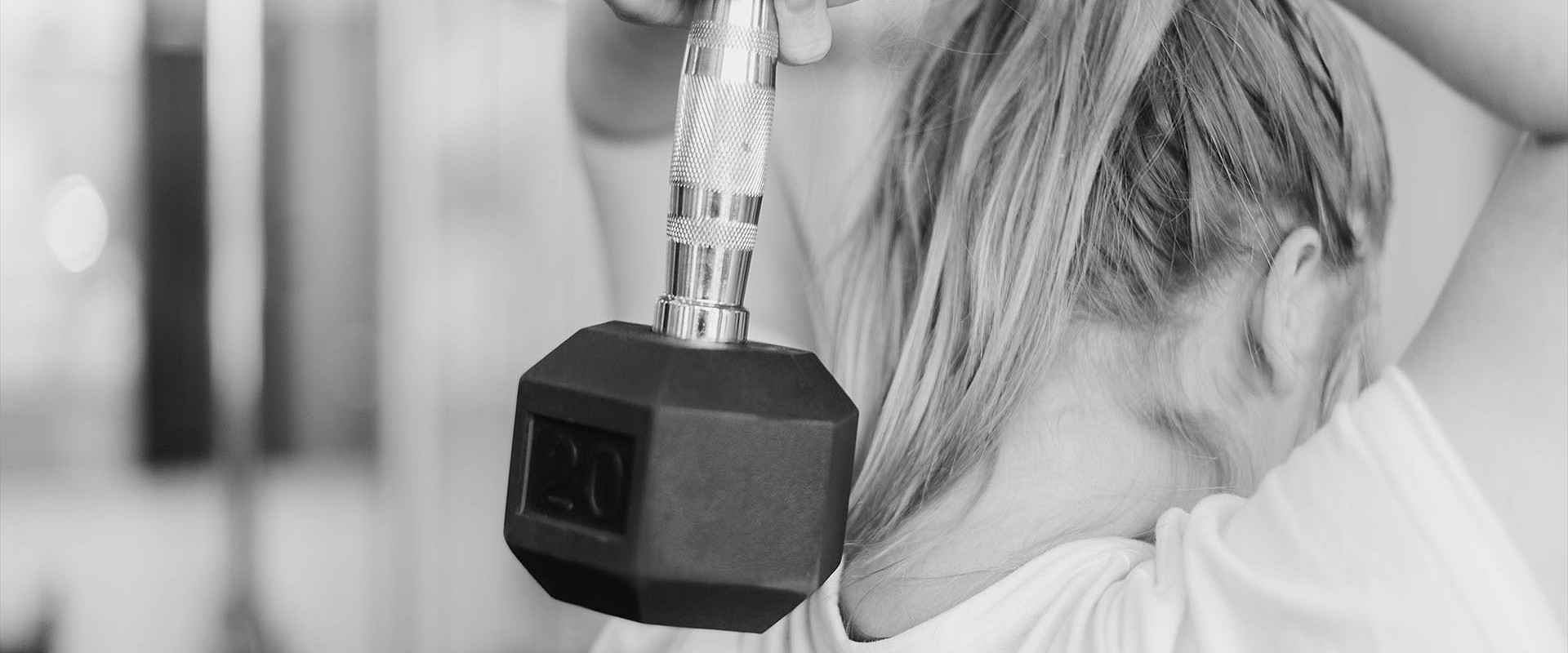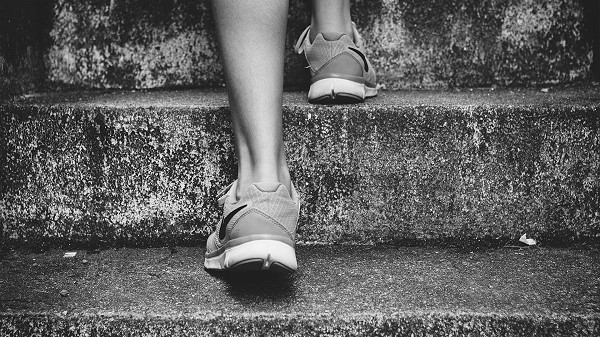
The Milestone of Downsizing Your House. Is It Also Downsizing Your Health?
Education
Erin Marsh | April 01, 21

Downsizing your house. It is a milestone in life. The kids have moved out, your career is reaching view of the horizon, you know the rest. All of these lifestyle changes set the stage for how physically active we are, how we age and our long-term quality of life. So what does this all add up to?
Your body IS your house.
The vehicle and home that makes up you, is your body and mind. You wouldn’t be you without this! The activities you enjoy doing, your sleep habits and your diet make up your lifestyle. If you look back at your lifestyle over the years there may have been a few trends. Let’s reflect…
School activities and playing with friends kept you active at a young age.
Your first job was likely active, with walking, biking or catching the bus as the cheaper mode of transportation. Sooner or later you can afford a car and meals at a restaurant.
Fast forward to a busy family life or career advancements. Not only is it harder to find time to be active, but your role leads you to become more sedentary. Time accumulates again and again until we reach today.
Is time on your side?
These examples are a generalization, and only a snapshot of a couple parts that could be in your life. See how powerful time can be? It can be on your side, or completely against you! So why not take a stab at making your lifestyle work for you now and later, just like your retirement savings plan, or investing in car insurance. The refund doesn’t come until later.
Regular movement isn’t just for your bones and muscles.
When your life revolves around you being able to get somewhere and do something, it is key to feel confident and prepared to do that! This also makes it easier to associate your life activities with healthier choices. The benefits cascade from there!
There is more benefit to physical activity than you think!
- Maintain a physically prepared and resilient body
- Strengthens social ties and social activity participation
- Consistent results with social accountability
- Improves independence in daily life, boosting your identity and motivation
- Improves cognitive function. Delay or decrease your risk of dementia onset
- Reduce risk of non-communicable disease such as heart disease, strokes, some cancers, and diabetes
- Manage your blood pressure, cholesterol, and blood glucose levels
Our Physiology is only one factor.
The physiology of aging humans may seem bleak. Our muscles become smaller and less springy. Our joints wear down over time and become stiff. Our heart and lung capacity decrease depending on how well our bones and muscles can move us.
Our physiology is only one small determinant of our independence and quality of life as we age!
If we are active, all of these physical barriers can be expanded to a point where we are still participating in the same activities we did when young, even if modified and less vigorous. No matter our age, we should be physically able to care for ourselves, have choice and independence in our day, and continue to support our own health.
Seeing yourself as fragile shouldn’t be the first step.
The easiest way to avoid physical obstacles as we age? Stay active! Fear of a possible injury can encourage avoidance of physical activity and thus lessen how prepared we are as well as how resilient our body will respond. Making sure you are moving safely for your age and current health status is important, especially if you are just starting out. Talk to your Family Physician about how to create physical activity guidelines for yourself, and check othe helpful links below.
If you think “it’s too late for me,” keep this in mind.
Increasing regular physical activity as we age shows just as many benefits as maintaining an active lifestyle continuously throughout. There is every reason to start today, even if you can’t change yesterday, or 10 years ago.
Start simple.
- Break up long periods of sitting. Your longest sedentary period should be sleep.
- Connect your physical activity to something you routinely do, and that you enjoy. This makes it easier to stick.
- Give yourself 2 minutes to complete something active, no more or less. This is a great way to see how much of something you enjoy doing, and how easy it can be to get yourself started.
- Pair it with some accountability. Plan a social activity that is active, so you can be accountable to a friend or family member. Think of it as an appointment for yourself!
- Remove as many barriers as you can, and this will make your strategy work more consistently! Do you know why you are being more active, when, how, with who?
The Canadian 24-Hour Movement Guidelines for Adults ages 65+:
https://csepguidelines.ca/adults-65/
Downloadable/printable guide:
https://csepguidelines.ca/wp-content/uploads/2020/10/24HMovementGuidelines-Adults-65-2020-ENG.pdf
If you’re looking for specific guidance on a pain or mobility issue, or would simply like to know how to help your joints age in style, get in touch with one of our Physiotherapists at Fit Physiotherapy. We are always excited to help people plan for their wellness before problems arise, and happy to teach people about how their bodies work.